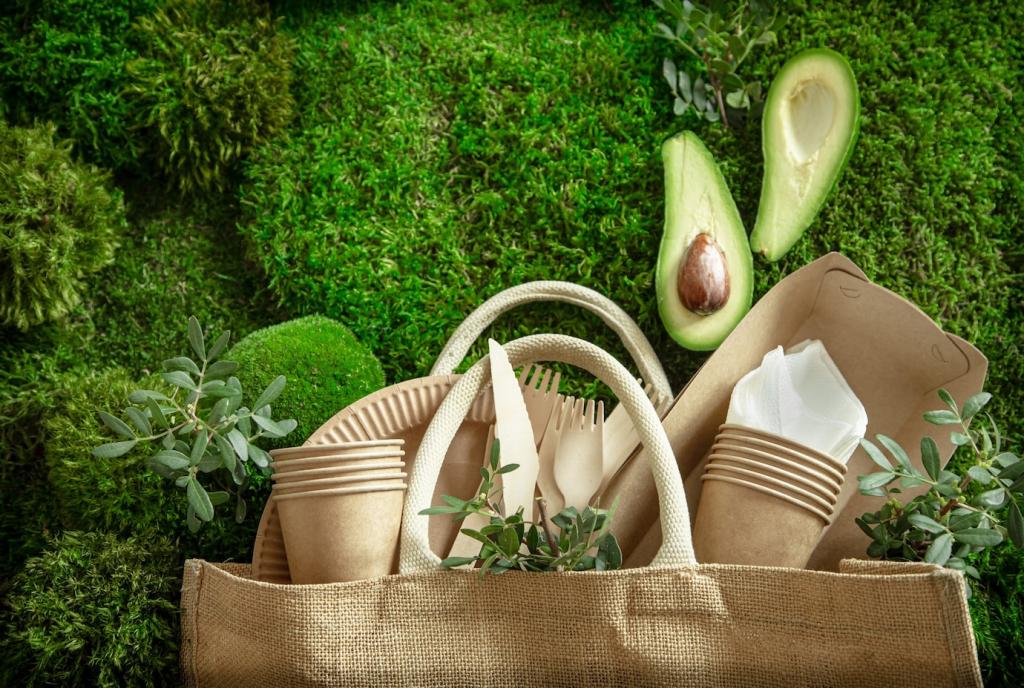
Transforming Outdoor Areas into Multi-Functional Green Spaces
Discover how to reimagine and revitalize your outdoor environments by turning them into adaptable, vibrant green spaces. This guide delves into the benefits, design strategies, and practical approaches to creating outdoor areas that offer beauty, functionality, and sustainability. Whether for personal enjoyment, community gatherings, or eco-conscious living, transforming your outdoor area can provide endless opportunities for relaxation, productivity, and connection with nature.
Seamless Indoor-Outdoor Flow
Establishing a seamless transition between interior and exterior spaces can dramatically enhance the sense of openness and usability. By using large sliding doors, consistent flooring materials, or strategic landscaping near entrances, you create an inviting flow that encourages movement between the inside and outside. Not only does this blur the boundaries and expand your living area, but it also invites natural light and fresh air deeper into your home, promoting healthy, comfortable living environments.
Flexible Furniture and Features
The right furniture and features are pivotal in achieving a truly multi-functional outdoor space. Consider options that serve multiple purposes—such as benches with built-in storage or tables that can expand for gatherings and fold away when not needed. Including movable planters and modular seating allows you to easily reconfigure your outdoor space for different activities, from quiet reading nooks to lively dinner parties. This flexibility ensures your outdoor area remains dynamic and responsive to your lifestyle.
Design for All Seasons
Investing in adaptable outdoor design elements means your green space can be enjoyed year-round. Incorporate shade structures like pergolas or retractable awnings to provide shelter from the summer sun, while portable heaters or fire pits can extend usability into cooler months. Selecting resilient plants and materials that withstand seasonal changes means your garden remains visually appealing and functional no matter the weather, ensuring longevity and continuous enjoyment.
Enhancing Functionality with Sustainable Practices
A sustainable green space calls for thoughtful water management. Opting for drought-resistant plants, installing rainwater harvesting systems, and utilizing permeable paving are impactful ways to conserve water and prevent runoff. By designing a landscape that thrives on minimal water input and harnesses natural rainfall, you can create beauty with responsibility, ensuring your outdoor area flourishes while reducing its environmental footprint.

Creating Spaces for Connection and Well-Being
Designing dedicated areas for communal activities, such as alfresco dining spaces or cozy fire pit lounges, invites friends and family to come together in comfort. Carefully planned lighting and weather protection make gatherings possible throughout the year. Whether hosting large celebrations or spontaneous get-togethers, these spaces can be adapted for different group sizes, fostering connections and memorable moments in a lush, inspiring environment.

